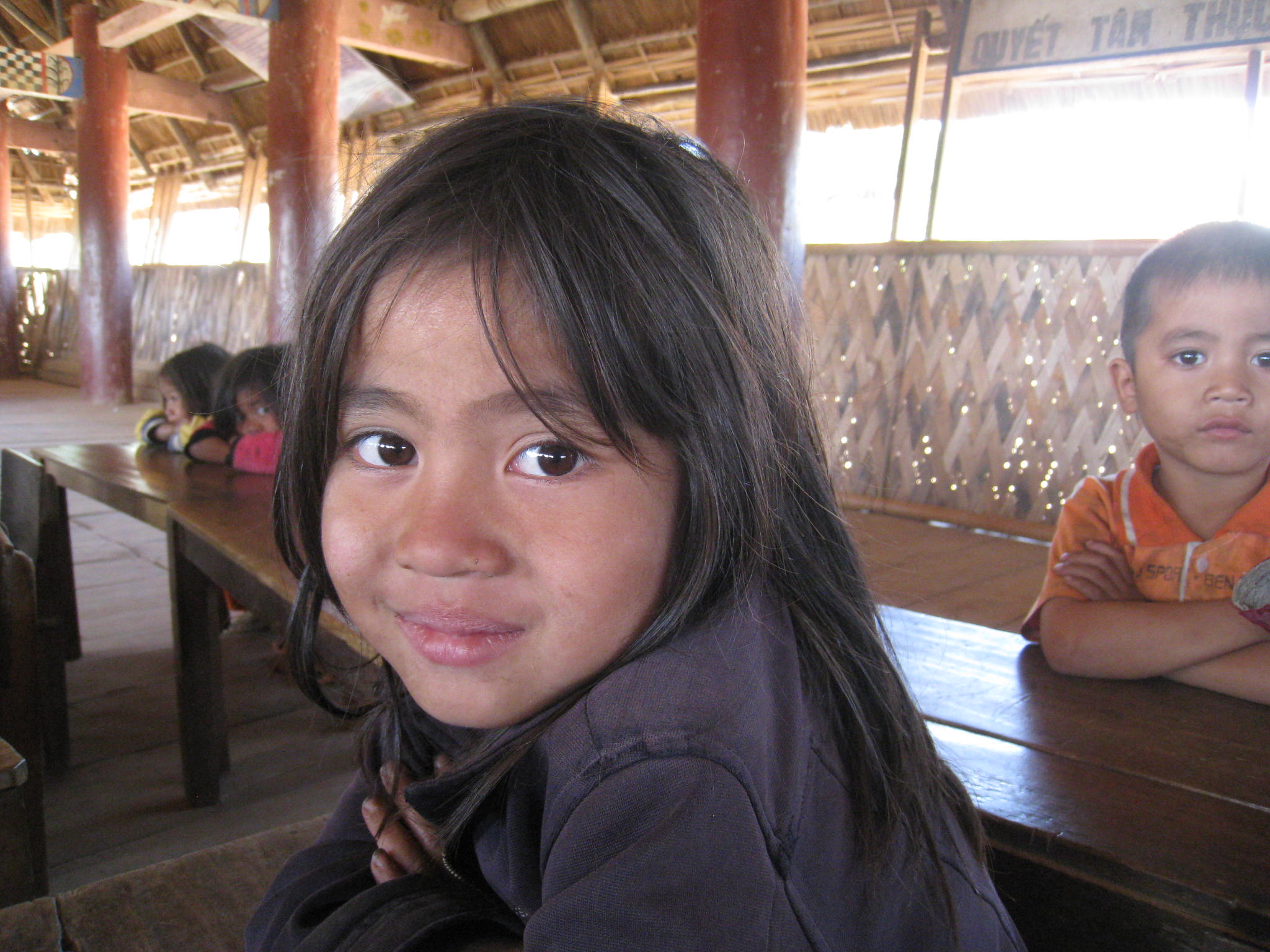About Vietnam

Vietnam is a vibrant country with a lush culture, and its people are hospitable and resilient. But vestiges of a past war and years of economic mismanagement have left many in the country impoverished and struggling to find stability in their lives. At VNHELP, we believe that no person should have the opportunities in their lives limited by their place of birth, so we work to expand the pipeline of opportunities available to Vietnam’s disadvantaged community. We believe in compassion and humanity for all, but we know that Vietnam still has a long way to go before every individual can receive a fair chance at life.

Vietnam’s topography is hilly with dense, tropical forests. The climate tends to be very humid in most regions, but the natural beauty of the country is also one of its most attractive features. With a winding coastline of 3,260 km, Vietnam has some of the most picturesque beaches in the world. Vietnam is home to five UNESCO World Heritage Sites, including the Hue Monuments, Ha Long Bay, Hoi An Ancient Town, My Son Sanctuary, and the Phong Nha-Ke Bang National Park.

As of 2019, Vietnam had an estimated population of 97 million inhabitants. Vietnam has 54 official ethnic groups: the Kinh are the major ethnic group and make up 87% of the total population, while the remaining 53 diverse ethnic minority groups total over 8 million and are scattered across the country’s mountainous areas.

Given its long history, Vietnam retains a strong and unique cultural identity with distinct traditions and customs. Vietnamese cultural values emphasize the importance of family and community. Its core values embrace the principles of Confucianism, including harmony, duty, honor, respect, education and familial responsibility. The people of Vietnam are also known for their hospitality, their work ethics, and their positive attitude.

After decades of war, Vietnam has grown rapidly and is now one of the fastest growing economies in Asia. These development achievements have helped Vietnam become a “middle income country” with improved living standards nationwide. The ratio of population in poverty has fallen from 58% in 1993 to 14.5% in 2008, and most indicators of welfare have improved. The country is also playing a more visible role on the regional and global stage. Vietnam joined the World Trade Organization in January 2007.

Despite all of these achievements, the competitiveness of the economy is still low compared to other regional countries, and Vietnam still suffers from very high levels of income inequality, disparities in healthcare provision, low education quality and environmental pollution. A 2010 UN study found that nearly half of the children in rural Vietnam receive no pre-primary education, and as much as 27% of the children living along the Mekong river delta will not finish primary school. The dropout rates are even higher in the Central Highlands and the northwest Vietnam, at 35% and 50% respectively. Among the students who do attend school regularly, 45% are still only enrolled in half-day programs.
Regarding the health situation, 1 out of every 5 children in Vietnam still suffers from malnutrition and Vietnam ranks 61st among 83 tier II “less developed” countries in the Child Development Index as of 2012, according to Save the Children. Meanwhile, the Global Partnership on Output-Based Aid found that over half of Vietnam’s rural population has no access to clean water, a pre-requisite to a safe and healthy life. Moreover, Vietnam has lost at least 1.5 to 3 percent of its GDP to environmental pollution that has been increasing rapidly for many years. Noise, water, and air pollution have become serious problems with deleterious effects on community health.
Vietnam’s coastal location also makes it vulnerable to a number of natural disasters. According to Prevention Web, Vietnam ranks 4th of 162 countries in flood risks, 10th of 89 countries in cyclone risks, and 12th of 76 countries in tsunami risks.
For Vietnam, there still remains much to tackle before every citizen can enjoy a quality standard of living and upward mobility.



